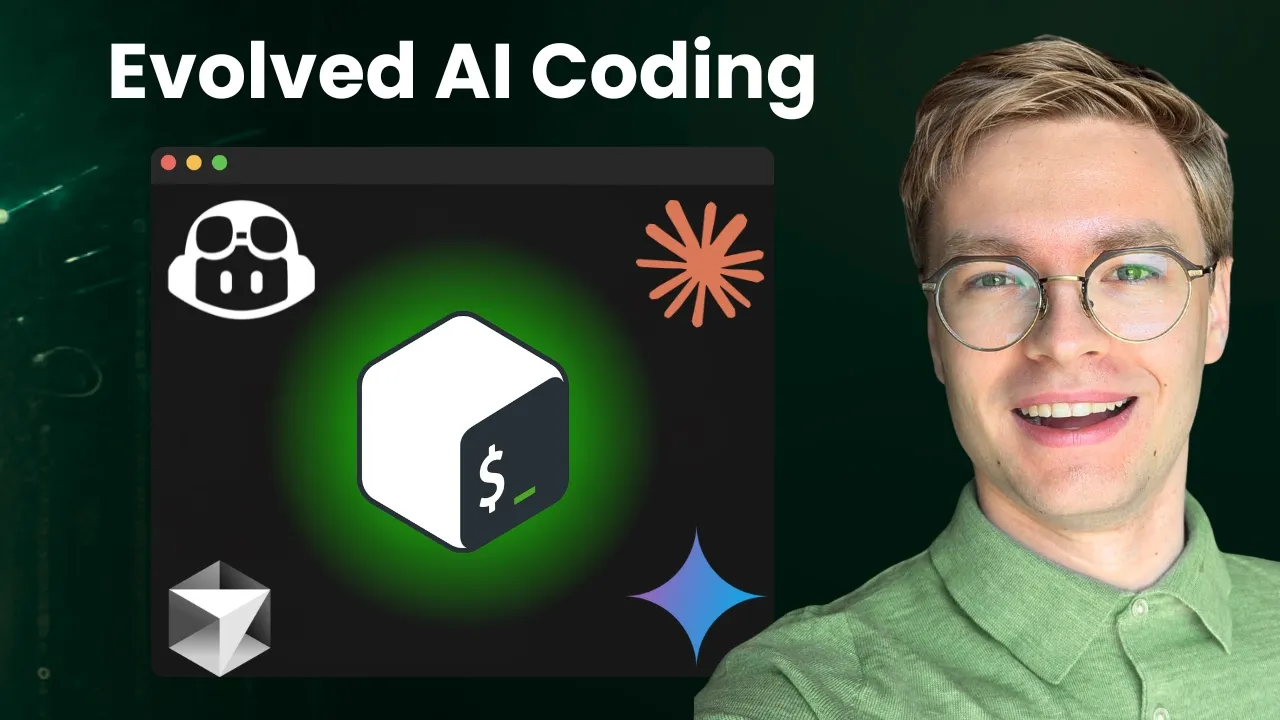Simple Database Integration for AI Applications
The rush to build sophisticated integration layers between AI systems and databases reveals a fundamental misunderstanding of what makes technical solutions effective. While complex middleware and custom protocols might seem impressive, the most robust database interactions often come from leveraging tools that database teams have been perfecting for decades. This isn’t about being old-fashioned—it’s about recognizing when existing solutions already solve your problems better than anything you could build, especially when implementing RAG systems that require reliable data access patterns.
The Integration Complexity Trap
When developers first connect AI systems to databases, the instinct is often to build elaborate integration layers. Custom protocols, specialized servers, complex abstraction layers—these solutions promise flexibility and control. But they also introduce new points of failure, maintenance burdens, and learning curves that can overwhelm the original problem they were meant to solve.
This complexity trap is particularly seductive in AI development, where everything feels cutting-edge and revolutionary. The assumption becomes that new problems require new solutions. But database interaction isn’t a new problem—it’s one that’s been solved repeatedly, refined continuously, and battle-tested in production environments for decades.
The Maturity Advantage
Consider what decades of database tool development actually means. Every major database system comes with command-line interfaces that have been refined through millions of hours of real-world use. These tools handle edge cases you haven’t thought of yet. They’ve been optimized for performance scenarios you might never encounter. They include error handling for situations that occur once in a million operations—but when you’re operating at scale, those one-in-a-million events happen regularly.
When you use these mature tools for AI-database integration, you’re not just getting a interface—you’re inheriting decades of collective problem-solving. Every bug that’s been fixed, every performance optimization that’s been implemented, every usability improvement that’s been added—all of this accumulated wisdom becomes part of your solution.
Stability Through Simplicity
Mature database tools offer something that custom solutions struggle to match: stability. These tools have been tested across countless environments, configurations, and use cases. They’ve survived version upgrades, platform changes, and evolving requirements. This stability isn’t accidental—it’s the result of continuous refinement based on real-world usage.
When your AI system interacts with databases through these established channels, you’re building on a foundation that’s proven to work. You’re not debugging a custom protocol at 3 AM when something goes wrong. You’re not trying to figure out why your sophisticated integration layer is causing performance issues under load. Instead, you’re using tools that thousands of other developers have successfully deployed in production.
The Power of Standard Interfaces
Database command-line tools might seem primitive compared to modern APIs, but their simplicity is actually a strength. They provide standard interfaces that work consistently across different environments. They output structured data that’s easy to parse. They handle authentication, connection management, and error reporting in well-understood ways.
This standardization means AI systems can interact with databases using patterns that are well-documented and widely understood. When something goes wrong, the error messages are meaningful. When you need to debug an interaction, the tools and techniques are well-established. When you need to scale or optimize, the patterns for doing so are already known.
Avoiding Reinvention
One of the most common mistakes in software development is reinventing wheels that already roll perfectly well. In the context of AI-database integration, this often manifests as building custom query layers, specialized connection managers, or bespoke data transformation pipelines. While these might seem necessary for handling AI-specific requirements, the reality is that existing database tools already handle most of these needs effectively.
The key is recognizing that AI systems don’t require fundamentally different database interactions—they just need to perform familiar operations in response to dynamic inputs. Mature database tools are already designed for this kind of flexibility. They can execute dynamic queries, handle complex joins, manage transactions, and return results in formats that are easy to process. This understanding is crucial for anyone following an AI engineering career path and learning to build practical systems.
Integration Without Complexity
Effective database integration doesn’t require complex middleware or sophisticated protocols. It requires understanding how to leverage existing tools effectively. This might mean using command-line interfaces to execute queries, parsing structured output to extract results, or combining simple operations to achieve complex outcomes. This approach works particularly well with vector databases that provide standard interfaces for AI document retrieval.
This approach might feel less sophisticated than building a custom integration layer, but sophistication isn’t the goal—effectiveness is. When you can achieve reliable, performant database interactions using tools that are already proven to work, adding complexity just introduces risk without adding value.
The Long-Term Perspective
Choosing simple, mature tools for database integration is also a long-term strategic decision. Custom integration layers require ongoing maintenance, documentation, and knowledge transfer. They become technical debt that accumulates over time. In contrast, standard database tools are maintained by the database vendors themselves. Documentation is comprehensive and constantly updated. New team members are likely already familiar with these tools.
This long-term perspective is crucial for sustainable AI system development. The goal isn’t just to get something working today—it’s to build systems that remain maintainable, understandable, and reliable over time. Mature database tools provide this sustainability in ways that custom solutions rarely match.
To see practical examples of how simple database tools can provide powerful AI integration capabilities, watch the full video tutorial on YouTube. I demonstrate real-world scenarios where established database interfaces outperform complex custom solutions, showing you exactly how to leverage these tools effectively. Want to learn more pragmatic approaches to AI development? Join the AI Engineering community where we focus on building robust, maintainable systems using proven patterns and tools.

